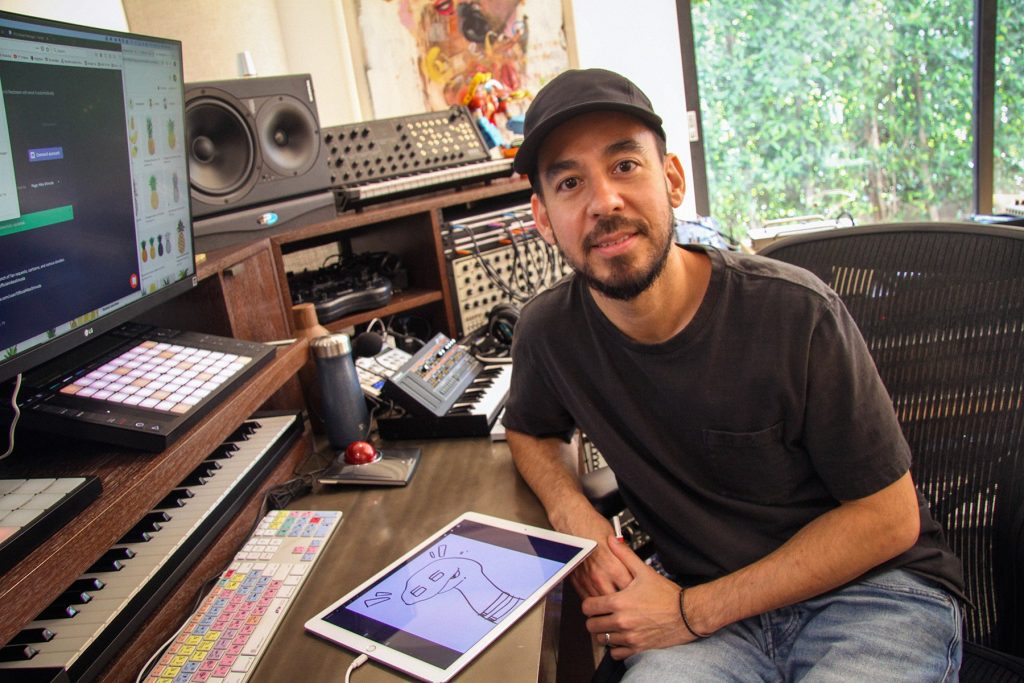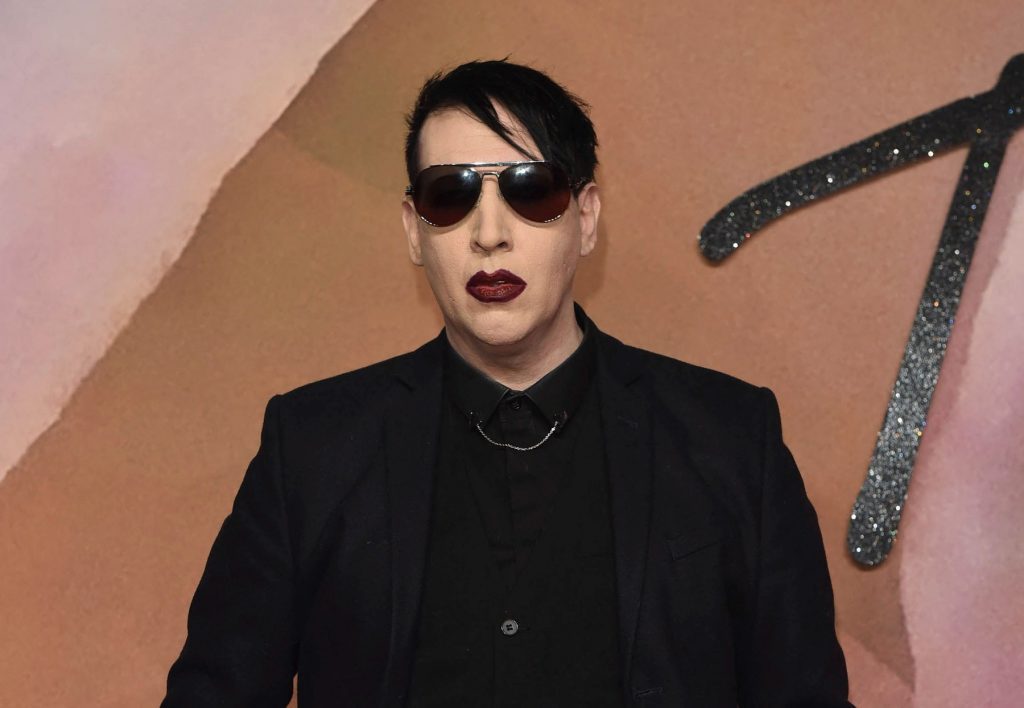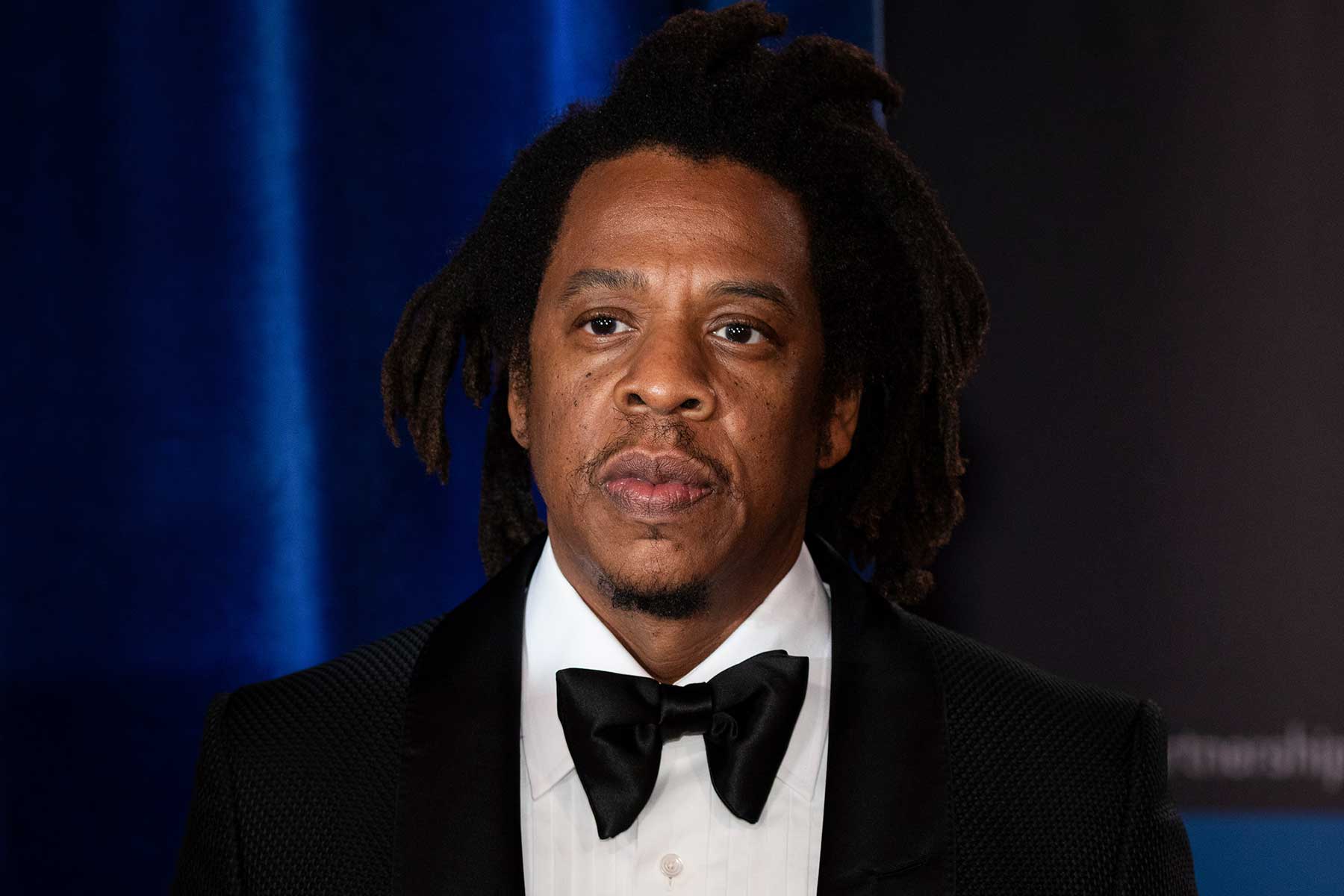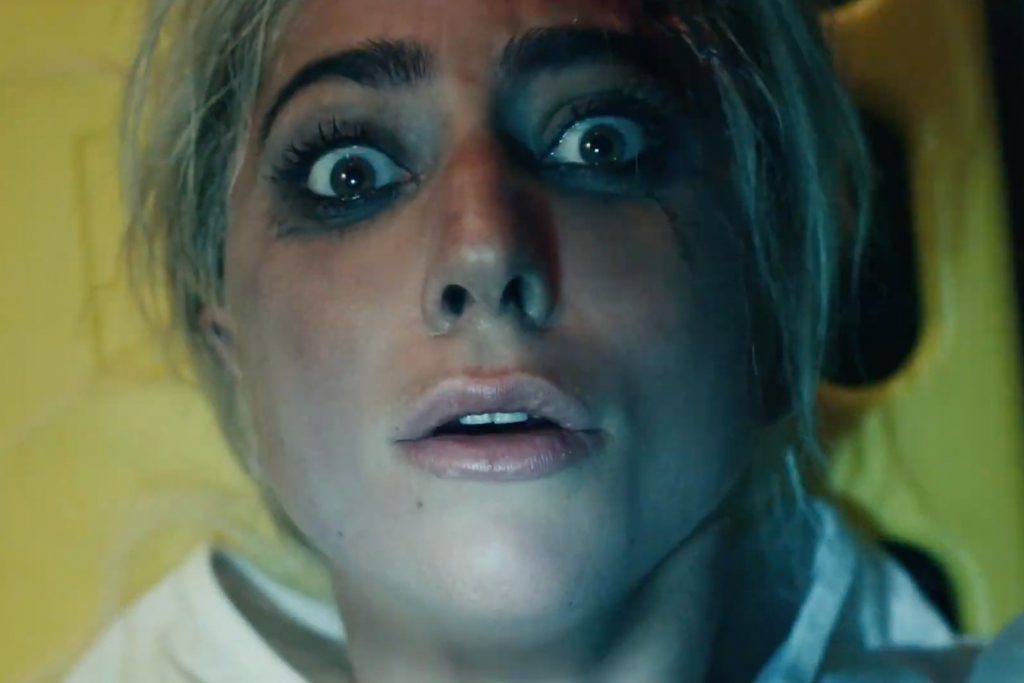
How Mike Shinoda Found a New Creative Community Online
In the early days of Covid-19 lockdowns, Mike Shinoda felt stuck. Unlike many of his peers, the multi-talented Linkin Park co-founder didn’t view virtual concerts as a compelling option. “I saw a lot of artists doing livestream performances, and my reaction to that was, immediately, that’s not for me,” he says. “Number one, I want the experience of watching a show to be very personal. … So what can I make that offers the fans something brand new and different and cool and fun every single day?”
His answer came through Twitch. With its superior audio quality and multi-camera capabilities, the gamer-friendly streaming platform turned out to be a perfect fit for Shinoda’s needs. For the past year, the songwriter-producer has livestreamed to an audience of more than 1,000 viewers for two hours a day, Monday through Friday, with one day per week dedicated to making visual art and the others to creating instrumental tracks from scratch.
“People sometimes don’t think about how different the approach is between sitting in a studio and making an album in private with an undetermined timeline versus sitting down and saying, ‘I’m going to make something listenable in the next 60 to 120 minutes,’” Shinoda explains over Zoom from the same Southern California home studio he’s been streaming from. In 2020, he released three compilation albums, the Dropped Frames series, which pulled from the more than 150 instrumentals he created live with the help of fans who provided creative suggestions in his Twitch channel chat. The stream’s audience was also the first to preview Shinoda’s most recent single, “Happy Endings,” an amusing reflection on a ghastly year, before it was released first as a NFT, then on streaming services.
blogherads.adq.push(function () {
blogherads
.defineSlot( ‘medrec’, ‘gpt-dsk-tab-article-inbody1-uid0’ )
.setTargeting( ‘pos’, [“mid-article”,”mid”,”in-article1″,”mid-article1″] )
.setSubAdUnitPath(“music//article//inbody1”)
.addSize([[300,250],[620,350],[2,2],[3,3],[2,4],[4,2]])
;
});
Lately, Shinoda has been switching things up. He recently launched the #ShinodaProduceMe series, which offers fans the chance to have their demos produced live on Twitch. When a song is complete, the artist receives mixed a cappellas, instrumentals, and stems to use however they’d like. “I do feel like there are so many artists coming out all the time that sometimes need somebody to just believe in them and say, ‘I know you’ve only got 700 followers, but I think that your music is good,’” Shinoda says.
Shinoda spoke with IndieLand about the transformation of his creative process in lockdown and sharing his know-how with fans in real time.
The schedule of your streams has been really consistent. How has that structure shaped your creative process during the past year?
The pandemic has made us all have a little bit more of a feeling of not having any control over things. [Normally,] I would go to a restaurant and eat. I would go play a show; I would go watch a show. You can’t do those things, at least if you’re being considerate about spreading the virus. Introducing something that I can control was a positive thing. I can say to myself, I’m going to go on [from] 10 to noon every weekday, and make something new from scratch. Last year in particular, that was my mission statement. Right now, I need a little more free creative time, so Mondays and Wednesdays I’m taking off. You have to base it on your well being and being aware of yourself.
What did you want people watching to take away from the streams?
First and foremost, I wanted to keep the community together. I wanted to create this little nucleus — maybe it’s like a community inside the community — and everybody’s welcome to come in and hang out. The truth is that because of the format and the length of time, most people don’t want to devote that much time. It’s just not for everybody. But I really wanted to do it this way because it felt like, for the average person who doesn’t get to take a look into the makings of songs, they would get that look. For people that just want to be connected, they get that. For people that want to have an opportunity to be heard, I can be making something and they can make suggestions, or say it sucks, or do whatever.
It’s almost like a production master class. If you watch enough of these streams, you’re going to pick up on a few things.
Totally. Somebody said that to me. They’re like, “Aren’t you afraid you’re giving away all this secret material? You’re giving away the secret sauce.” And I was like, “You can’t.” There’s no measurement. Every song requires a different –– and the fans make fun of me for talking about it –– toolbox or tool kit. The more tools you have, the more ways to attack a problem you have that you know you’ve tried and you know they work. Then, when you’re faced with different problems, it becomes more fun. If the only thing you ever do is use this folder of snare sounds and this folder of 808s –– to me, I can’t imagine doing that for two weeks. I love to be able to say, “Well, let’s record live drums on this, but let’s record them in a super weird, fucked-up way. Let’s turn half of them backwards. Let’s run those through plugins. Let’s run these through actual physical hardware gear.”
blogherads.adq.push(function () {
blogherads
.defineSlot( ‘medrec’, ‘gpt-dsk-tab-article-inbody2-uid1’ )
.setTargeting( ‘pos’, [“mid-article2″,”mid”,”in-article2″,”mid-article”] )
.setSubAdUnitPath(“music//article//inbody2”)
.addSize([[300,250],[300,251],[620,350],[2,4],[4,2],[3,3]])
;
});
You’ve been producing fans’ demos on the stream. As an experienced musician, what’s the most fulfilling part about working with developing artists in that way?
It’s funny because that all kind of remains to be seen. I’ve done about 30 songs with other vocalists on the stream and only about 10 of them have come out so far. I shouldn’t say all, because some of them may not, but most of those will eventually come out and it’ll be interesting to see where all of these artists go from here. For some of them, they’re shooting visuals and they’re coming up with art. I don’t want to have any part in any of that. This is their art, this is their career and their brand, and I’m not going to manage their thing. I’ve got my own thing going on. It’s fun to see where they go as they develop it and their aesthetic choices. Wax//Wane was one of the first artists that I produced on the channel and his aesthetic was already pretty developed on his Twitch channel before I produced [“The Way Down”]. But seeing what he’s done, his album just came out and he released it as an NFT; the art is spectacular.
Fans who want to be considered for the project post their demos on Twitter under the hashtag #ShinodaProduceMe. When you’re deciding which songs to work on, what catches your attention?
I think there’s no difference between the way I gravitate to one of the #ShinodaProduceMe tracks versus the way I gravitate to any other type of music. Is there something there that I connect to, or a vision of what it can be that I see that maybe the artists can’t see, or maybe the artists just can’t make? Usually it’s more of a feeling than it is a specific idea. I might hear a song, but it’s just piano and vocal. I know that the song is mostly there. I wouldn’t change anything about the lyrics. I wouldn’t change anything about the melodies. The first thing I’ll do when I produce is I’ll mute the piano and I can hear, stylistically, the way the drums should complement the vocal, the way different soundscapes are going to feel. Sometimes I do have that vision of it. Other times, I just start to experiment until something sticks. In the second case, it’s much more loose and confusing. In those cases, it’s really great to do it live on Twitch with fans because I can pull them [in]. On one song, I had this track going and I couldn’t figure it out. I knew that I wanted the notes of the bass line to be a certain thing, so I did it on live bass. Then, I did a live kind of pop-rock bass, I did almost like a George Clinton keyboard bass, and I did 808s. So I did all three and I was like, “OK, you guys, you choose which one of these three things sounds like the way to do this song.”
That’s a fair system. It’s not like people are entering a contest and winning your production.
It’s not a competition. It’s very free form. I went through this phase where I was writing and producing stuff for other artists for a little bit, and none of it came out. For whatever reason, I would do stuff with people and a lot of it would just kind of die on the vine. I get that either I’m seeing something they’re not seeing, or we’re just not compatible, or maybe the songs just suck. That’s fine. In my head, if I’m going to be working with other artists anyway, and I have these songs that don’t ever come out, I know fans at the very least would love to hear them. Even if the only version of that song’s existence is that two hours on a Thursday, at least fans can give it the attention it’s due and it’s cataloged in time out there on the internet.
When you’re sitting down to work on something for yourself, or for another artist, what is it from the stream time that bleeds into that solo time?
Honestly, the one thing I do worry about is that it’s making me too impatient. In the stream, I streamline everything down to the fastest possible solutions. For example, if I get a vocal in, I have a chain of plugins that I just click and drag onto the vocal. I turn different ones on and off to find the ones that I like the best, I tweak those, and then we’re done. If I was doing it on my own, off stream, I’d think about the vocal and individually select plugins that I think will work well. Everything is much more slow and meticulous when I’m off stream. But in order to keep the stream moving, I do things quickly. When I get off stream, I’m still kind of in this habit of doing things quickly. I have to reset my expectations and reset my brain. Off stream is when you have the opportunity to really explore the space and come up with something unique and unusual.
blogherads.adq.push(function () {
blogherads
.defineSlot( ‘medrec’, ‘gpt-dsk-tab-inbodyX-uid2’ )
.setTargeting( ‘pos’, [“mid”,”mid-articleX”,”in-articleX”,”mid-article”] )
.setSubAdUnitPath(“music//article//inbodyX”)
.addSize([[300,250],[300,251],[3,3],[620,350]])
.setLazyLoadMultiplier(2)
;
});
Tell me about creating your latest single “Happy Endings” with Iann Dior and Upsahl.
Me, Sam Ronson, Upsahl, and Pete Nappi wrote “Happy Endings” on a Zoom towards the end of last year. We were joking around about what a crappy year it had been, and the year wasn’t even over. We were just like, “Wow, this has been an epic year.” But it’s all about your attitude, right? Our attitude was not negative and bad. It was just kind of laughing at how you couldn’t stop coming up with examples and so we just channeled that into the song. Eventually, I crossed paths with Iann and got him on the track.
Why did you decide to release it initially as an NFT?
I always like to do something different when I release something new if there’s an opportunity to do something interesting. Back in the day, we did a worldwide scavenger hunt for singles with Linkin Park. When I released my song “Welcome,” which is a Fort Minor song, it was one of the first 360 videos on YouTube ever. Pushing the envelope with it and doing new things for me is just kind of fun. Also, it’s a great marketing tool. With the NFT thing at the moment, nobody involved with the song knew what the hell it was. My manager had to literally go to Warner Records and Disney and be like, “Mike wants to do this thing. And before you freak out, let me tell you that he’s going to donate all the money to charity. And if anything comes up with the rights, then we’ll talk about it then.” And so far it’s been fine.
Do you need to have a strong connection with your fans to get them to trust buying into something like that?
The events that are making the news right now are not the average fan and average listener or the average consumer. It is a specific crypto, blockchain, and NFT-centric or fanatic group of people who are the ones really spending money on NFTs. There isn’t a lot of difference between what they’re doing and stocks or crypto, or even trading art. They’re basically doing a version of the art market on the blockchain. The average person doesn’t own a Damien Hirst. However, all this really is, is a file whose owner can be verified. Everyone can wrap their heads around the idea that if Michael Jordan wore a specific pair of shoes and then played the NBA finals and won the finals, took off his shoes, signed them and auctioned them off, that pair of shoes would be worth a lot of money. Well, what if the Michael Jordan of Call of Duty does the same thing with the character skin that they were wearing in their game? That does mean something to the fans. One person may say, “I don’t care about owning Michael Jordan’s shoes.” And the other person can say, “I’ll spend $1.5 million on them.”
blogherads.adq.push(function () {
blogherads
.defineSlot( ‘medrec’, ‘gpt-dsk-tab-inbodyX-uid3’ )
.setTargeting( ‘pos’, [“mid”,”mid-articleX”,”in-articleX”,”mid-article”] )
.setSubAdUnitPath(“music//article//inbodyX”)
.addSize([[300,250],[300,251],[3,3],[620,350]])
.setLazyLoadMultiplier(2)
;
});
What’s the next level of this creative pocket you’re in?
I’m in this phase where I’m developing a whole bunch of different ideas and there’s a lot of spinning plates. I’m just trying to devote the appropriate amount of time to the things that seem like they’re the most interesting and the most fun. I just announced that I’m involved with a company doing music AI. I’ve been working with [Authentic Artists] for months on their project. We’re in beta, still working out kinks and stuff, but the first demo was live the other day, actually on Twitch. The idea is that you’ll see these characters onscreen and you’ll hear them playing music. What people have a hard time wrapping their head around is that the music is being generated in the moment when you are listening to it. So that’s new and that’s different and a huge challenge.




